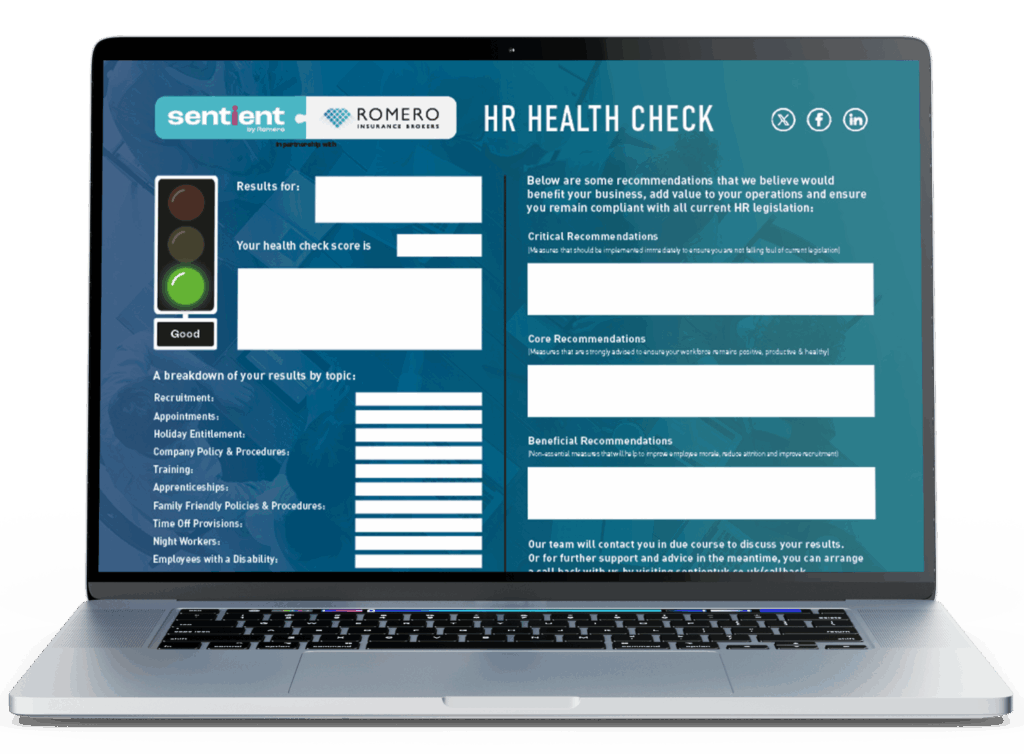Fire and Rehire Arrangements – This is 7th of 9 amendments made by the 2025 Employment Rights Bill
How the crackdown on fire and rehire tactics will impact businesses?
The Employment Rights Bill has received a list of recent amendments. From zero hour contracts to confidentiality clauses, many aspects of employment and payment conditions are expected to change. Employers need to fully understand the regulatory changes to their obligations to members of staff, and as to not breach employment law.
A key change surrounds employee contracts, and employers may need to alter their practices. Amendments have focussed upon the practice of fire and hiring – this where employers dismiss employees and then re-engage them in a similar role in order to enact changes.
Fire and rehire practices have been under scrutiny as early as 2021, when Tesco proposed to fire distribution centre staff and rehire them on lower wages. The case was complex, involving relocation and lump sums, as well as a promise of increased pay. Ultimately the union won in the Scottish courts, but later Tesco overturned the rule, which was where the supreme court stepped in and rule Tesco’s actions as unfair.
What are the current laws around fire and rehire?
Sometimes if employers want to change the terms and conditions of contracts, they will fire and then rehire staff members. This happens most often when a company is losing money and needs to change costs, holidays or work hours in order to survive.
There is no law against the practice of firing and rehiring, however it is only seen as acceptable as a last resort.
What are the lawful changes to fire and rehire?
By amending the law on unfair dismissal, fire and rehire practices will be restricted. A key change is that businesses must evidence why they are dismissing an employee, and therefore prove financial difficulties were a factor if they want to rehire employees on different terms.
Fire and rehire practices will now be automatically seen as unfair unless the business can prove the change was necessary and unavoidable. Employment tribunals will assess whether the employee was consulted before agreeing, or was offered anything in return, and whether that promise was upheld. An employment tribunal will also be permitted to assess whether a restructure of the business was necessary, and that the scenario was fair.
An example scenario of how the changes to hire and rehire could affect employees?
The most notable case of fire and rehire practices is P&O Ferries, firing 800 workers in 2022. The ferry company sacked staff without notice and then replaced them with workers from a foreign agency, paying the contracts less than previous, even less than the UK minimum wage. The actions were proven illegal, however the government has refuse to make the practice of fire-and-rehire illegal. Instead they are asking for proof, amending the dismissal regulations.
Many companies who lost revenue over COVID needed to fire and rehire staff in order to change contracts to survive. Prior to this amendment, businesses were able to fire staff members who had been with the company for less than 2 years without necessary evidence or reasoning. However the unfair dismissal amendments mean that to firstly dismiss and then rehire staff members, companies will need to prove financial strain.
Unions have already demonstrated their destain for the practice. British Airways, British Gas, and Go North West have all had news stories covering their use of the practice. It was expected that, as businesses continue to struggle with rising costs, that the practice would see an increase. However with the changes to Employment Law, businesses will need to evidence their decision. Furthermore, longstanding employees who engage in fire and rehire will still be considered longstanding, and won’t have the benefits or protections that come with this status wiped.
Businesses may need to find alternative solutions to fire and rehire
An alternative solution for businesses, leaders may need to think laterally and adopt a transitional period. To save money or increase revenue, businesses may want to change working hours reduce seasonal closures. It’s advised to slowly bring in changes rather than adopt fire and rehire.
Incentivise employees to agreeing to the changes, which doesn’t have to be monetary – it can be lifestyle changes such as flexible working or home working. Businesses should consider when to implement financial changes, perhaps at positive times such as Christmas during the bonus period, or alongside annual salary increases. Businesses very much should try to sell the changes to employees, and provide as much information as possible.
Businesses must be careful that their proposal doesn’t disadvantage a particular group. And also, if a business plans to dismiss more than 20 employees at once or within a 90 day period, they will need to understand their legal obligations as it’s deemed a collective redundancy.
Government Fire and Rehire Factsheet
Government on fire and rehire practices
Learn more about Employment Law
There are 9 key areas of Employment Law that have been affected by the 2025 Employment Rights Bill.
Each of these areas are critical and will need to be addressed by employers. Employers need to understand their obligations and be careful not to unduly act in any way which could be observed as discriminatory. Employers will need to update their documentation and contracts that directly relate to the changes
To read more about your lawful obligations, Romero Insurance have refined and condensed the Government’s published information into a helpful whitepaper document. The Employment Law Whitepaper by Romero Insurance layout what employers and business leaders need to know about employment law.
Let us review your Employment Risk and Documentation

Contact us to take the HR health check. A HR health check will review your processes and documentation, and provide tailored guidance. The Health Check is conducted by our partners at Sentient, who are a HR outsourcing service and health and safety experts.
Our partners at Sentient will come back to you within 5 working days with a detailed overview of how you can improve your HR function and support your team. This free health check will grade your current practices with a traffic light system, showing the robustness of your HR procedures. Sentient is available for any business of any size who want to update their policies and procedures in time for Employment Law regulation changes

